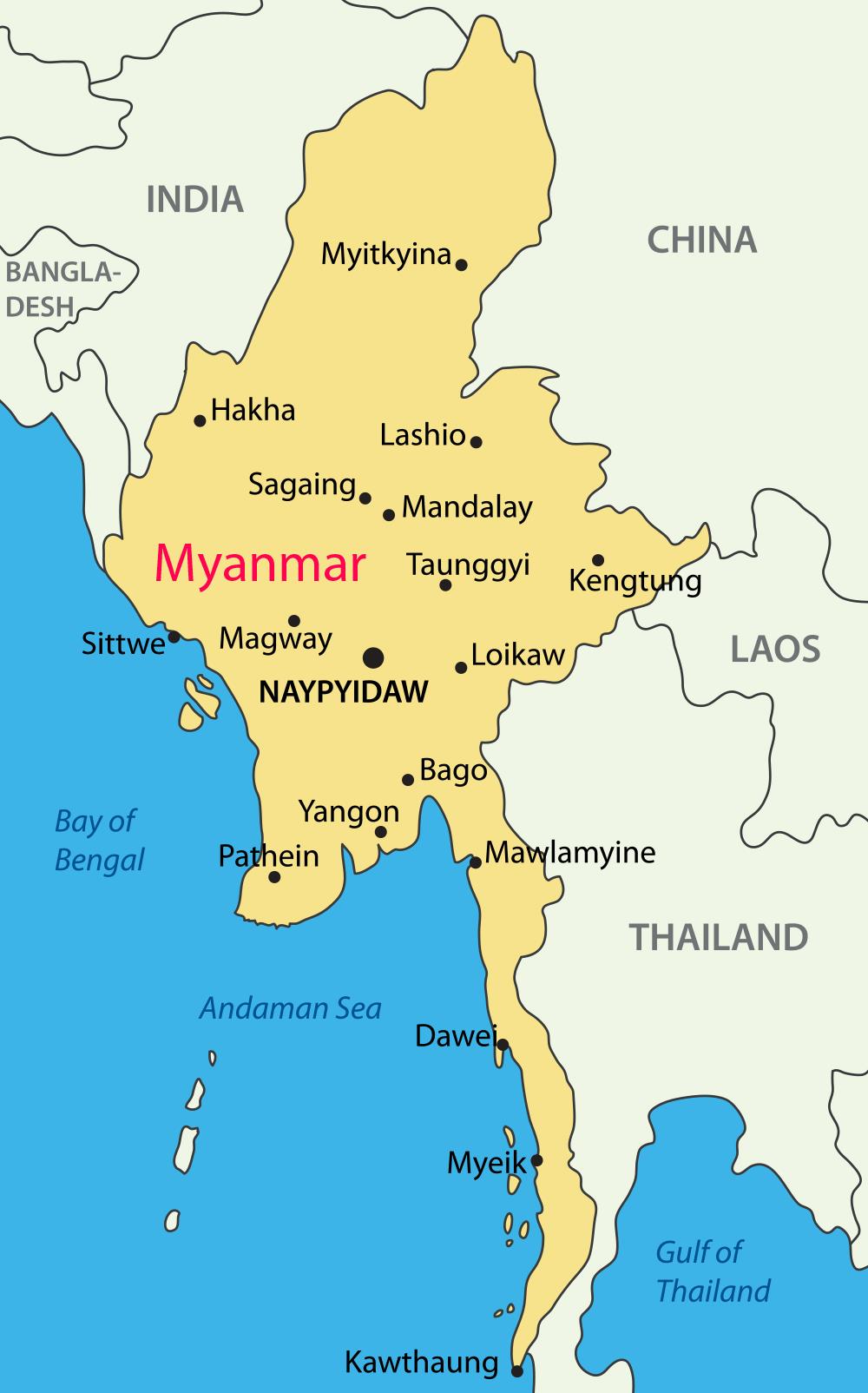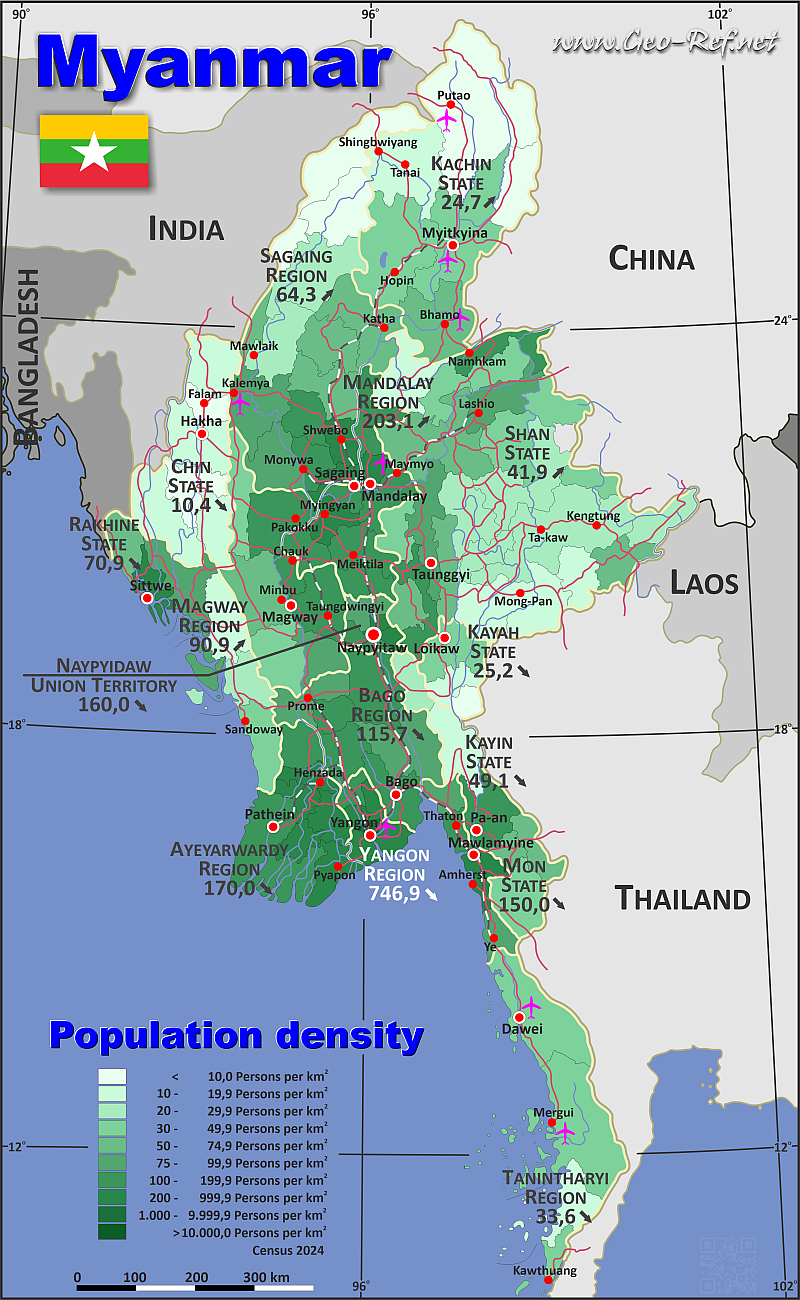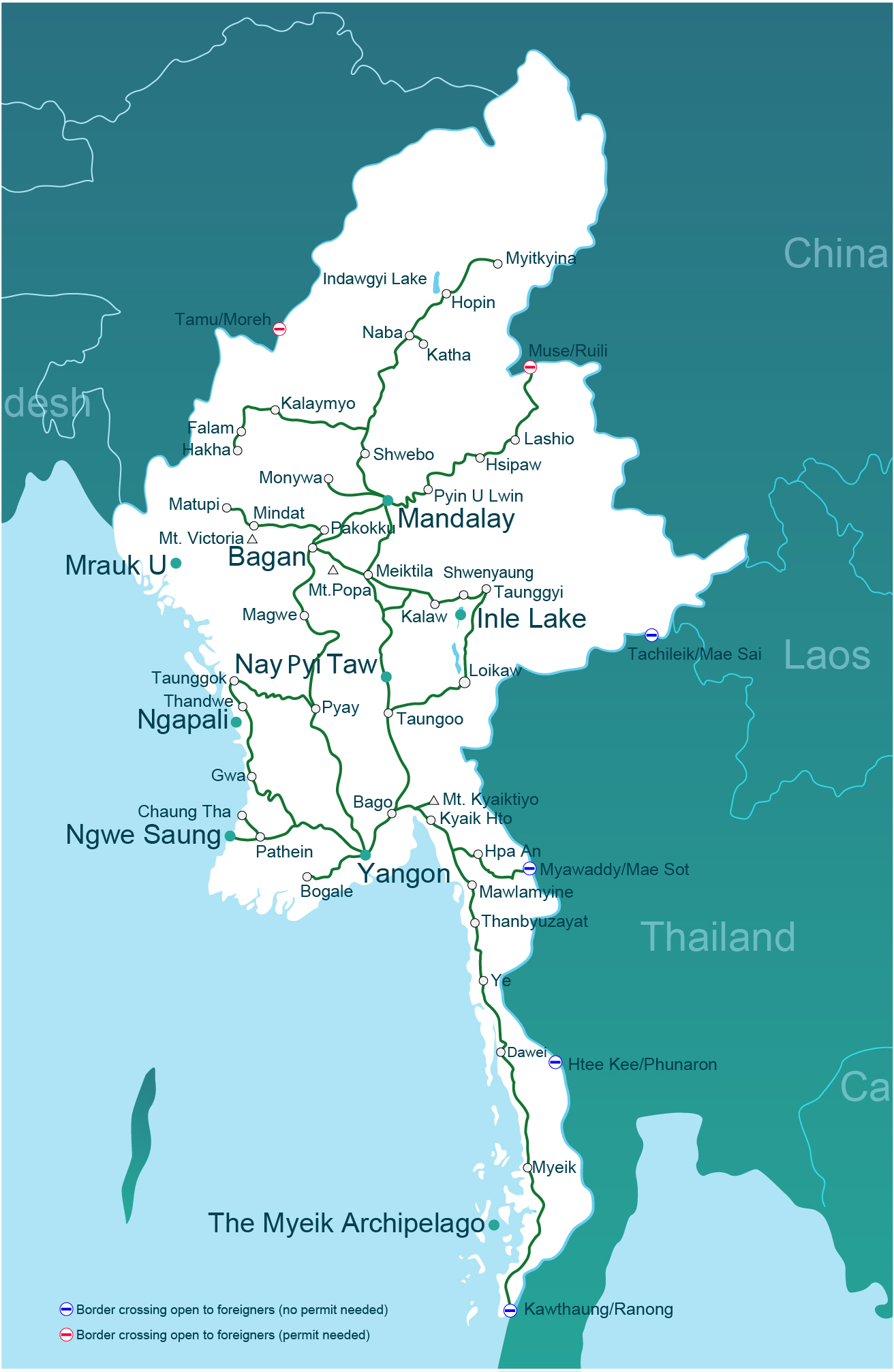


Myanmar is constructing bases for the security forces, buildings for government departments and homes for Buddhists, according to people in the area. Satellite images taken by Planet Labs, a San Francisco-based private satellite operator founded by former NASA scientists, and Google Earth show that Myanmar started building on the sites of at least a dozen destroyed villages soon after residents fled in 2017. In recent months, the few dozen refugees who have tried to return have been arrested for illegal entry by Myanmar officials who cited concerns about refugees spreading the new coronavirus. Talks on that process between Myanmar and Bangladesh - where more than 1 million Rohingya live in refugee camps - have stalled. Myanmar has said it is open to the return of Rohingya refugees who fled the crackdown in 2017, but said it must be done through an orderly process. practice worldwide is to employ officially designated place names for all publicly distributed maps and products.”ĭujarric said that changing the legal status of villages may become “an additional layer of complexity” in refugees reclaiming their former homes, without providing specifics.īuddhist-majority Myanmar denies citizenship to Muslim Rohingya, whom many regard as interlopers from neighboring Bangladesh despite their centurieslong presence in the country. mapping unit “utilizes the official government names of places so as to avoid confusion among aid workers and government officials in the field,” he said. Secretary-General Antonio Guterres, said the reclassification of some villages as wards was a “routine administrative procedure.” The U.N.

Stephane Dujarric, spokesman for the U.N. mission to Myanmar, said he had not raised the issue of erasing village names with the Myanmar government, but said he had urged the Myanmar government to create “conditions conducive” to the return of refugees. officials declined to directly address why the United Nations had raised no objections or tried to stop it. Lee said the United Nations was complicit in allowing that to happen by not challenging the Myanmar government: “There hasn’t been any leadership that will say, ‘Wait a minute, the buck stops here, we’re not going to let this continue.’” “This is a way of exterminating their basic identity,” she said. human rights envoy to Myanmar, said the government was purposefully making it hard for refugees to return to places with no name and no evidence that they ever lived there. Rohingya refugees walk through a shallow canal in October 2017 after crossing the Naf River in Palongkhali near Ukhia, as they flee violence in Myanmar to reach Bangladesh. The United Nations said the study has not reached any conclusion. The United Nations said it removed some maps of Rakhine state from its website in June and started a study to assess the impact of the government’s policies on villagers and returning refugees after the Arakan Rohingya National Organisation, a UK-based Rohingya rights group, complained to the United Nations about the removal of village names. The United Nations’ map department has produced at least three maps since the start of the year that show a number of Rohingya village names have disappeared or been reclassified by Myanmar. The ministry referred questions to the General Administration Department (GAD), which did not respond.Ī representative of the Myanmar government, led by state counselor Aung San Suu Kyi, also did not respond to a request for comment. The Ministry of Social Welfare, which oversees Myanmar’s rebuilding activities in Rakhine state, declined to answer questions about the erasure of village names or the government’s policy concerning the return of Rohingya refugees. “Their intention is that we do not return,” said religious leader Mohammed Rofiq, a former chairman of a village close to Kan Kya who now lives in a refugee camp in Bangladesh, referring to the Myanmar government. And it is one of at least a dozen whose names have been erased. Kan Kya was one of almost 400 villages destroyed by the Myanmar military in 2017, according to satellite images analyzed by New York-based Human Rights Watch. ‘Kill all you see’: For first time, Myanmar soldiers tell of Rohingya slaughter

Rohingya politicians excluded from Myanmar election


 0 kommentar(er)
0 kommentar(er)
